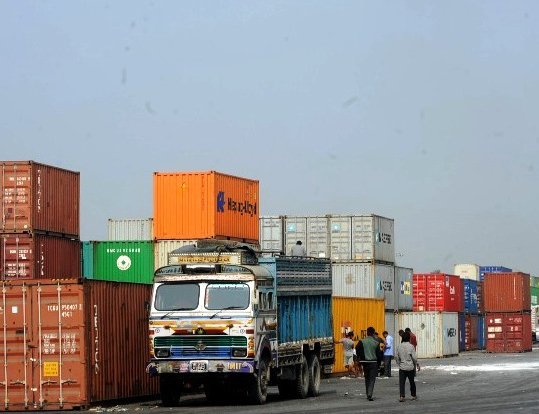
Nepal’s main exported goods
Nepal is a landlocked country with a diverse economy heavily reliant on agriculture, remittances, and trade. The nation exports various goods that capitalize on its natural resources, skilled labor, and unique cultural heritage. Below are the main goods Nepal exports:
1. Textiles and Garments
Nepal exports a variety of textile products, including woolen carpets, pashmina shawls, and ready-made garments. Woolen carpets, especially hand-knotted varieties, are highly sought after in Western markets due to their quality and craftsmanship. Pashmina shawls, made from the fine undercoat of the Chyangra goat, are luxury items in demand worldwide.
2. Handicrafts and Arts
Nepal’s rich cultural heritage contributes to the popularity of its handicrafts and artistic goods. The export of metal crafts, wood carvings, and traditional Thangka paintings plays a significant role. These items appeal to global markets, particularly for those interested in spiritual or decorative products.
3. Agricultural Products
Agriculture remains a cornerstone of Nepal’s economy. Key exports include tea, ginger, lentils, and medicinal herbs. Nepali tea, especially orthodox and CTC varieties, is gaining recognition in international markets for its unique taste. Additionally, cardamom and spices are exported to India and the Middle East.
4. Jute and Jute Products
Nepal produces jute and related products, including ropes, bags, and carpets. These eco-friendly goods find markets in neighboring countries like India and other international regions seeking sustainable alternatives.
5. Natural Resources
Nepal exports small amounts of minerals, including limestone and quartz. Additionally, the hydropower potential of Nepal contributes to energy exports, primarily to India, although this is still in developmental stages.
6. Animal Products
The export of leather goods and yak cheese also contributes to Nepal’s economy. These products are highly valued for their quality and unique origin.
7. Tourism-Driven Exports
Tourism indirectly boosts exports through the sale of trekking equipment, cultural souvenirs, and Nepalese organic food products. Items like prayer flags and Tibetan jewelry also find global buyers.
8. Industrial Goods
Nepal has started exporting manufactured goods, including iron and steel products. While limited, this sector shows promise as industries expand.
Key Markets
Nepal’s primary trading partners include India, which accounts for a large share of its exports, followed by China, the United States, Germany, and Japan.
Challenges
Nepal’s export sector faces challenges such as a lack of infrastructure, high production costs, and dependence on India for transit. Despite these hurdles, initiatives to improve trade policies and diversify products are helping to bolster the sector.
Conclusion
Nepal’s export economy is a blend of traditional and emerging industries. While traditional exports like handicrafts and agriculture dominate, industrial and energy-related products are gaining momentum. With the right investments and trade agreements, Nepal’s export sector holds potential for significant growth.



Leave a Reply